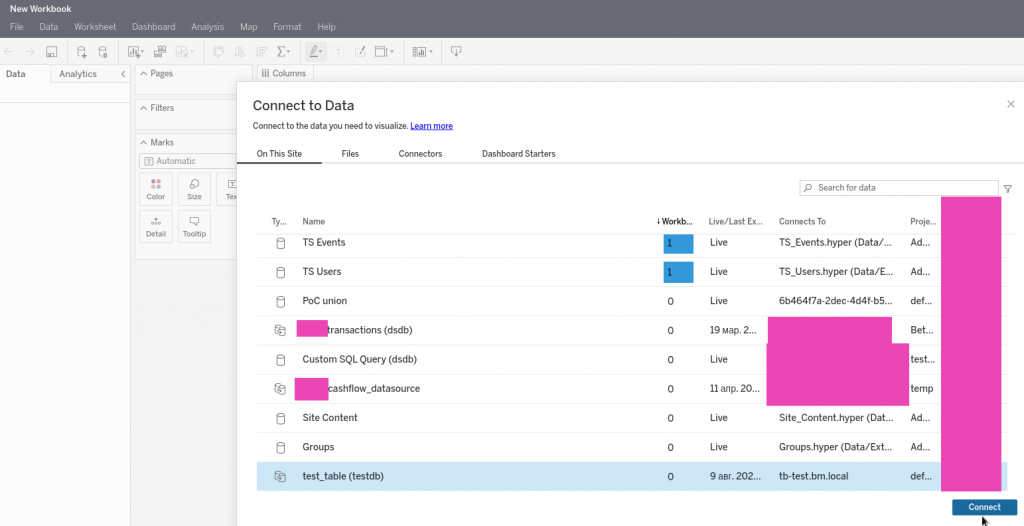
And from my data dictionary, I can see that there's a table called total_section_sales.Īnd this contains monthly sales of every section. I now need to connect this table to another table that contains monthly sales. So clearly, this table simple lists all the different types of drugs in the database. So I'll simply add a filter.Īnd once I've updated this table, I can see that I've only one entry left in the section, which is diuretics. Let's start by filtering diuretics in the sections table. With the data dictionary to hand, it's actually quite easy to create the chart that I want, showing monthly prescriptions of diuretics. When I show this data in the previewer, it's not easy to see where a join between this table and another table takes place and this is why data dictionaries are very important. Let's take, for example, the sections table 'cause I know that diuretics are located here. In most databases, we will have joins across individual columns to connect tables together.

If you're unfamiliar with database, you can almost consider this a single workbook in Excel with lots of different tabs with each sheet corresponding to a different table of data.

Once you're logged in successfully, you can see a long list of tables down the left-hand side.
#Tableau connect to aws postgresql database password#
And now I'll type my password so I can gain access to this database. And in all cases, you'll need to enter a server name, a database name, and a username and password. The underlying infrastructure in your organization will determine which type of SQL connection you will use. And all of these details will normally be given to me by an IT administrator.Īlthough I'm using PostgreSQL on this example, the different types of SQL database available in Tableau include Microsoft SQL Server and MySQL, among others. To connect to the SQL data, I'll select my database type, which is PostgreSQL.Īnd now I'll need to enter in my server location, the database name, and then a username and password.

To begin with, I'll open up a new window in Tableau. In the next two lessons, we're going to connect to a Postgres database that will be hosted on Amazon Web Services and create a join across two tables to create the visualization shown on screen, which is the total monthly prescriptions of diuretic drugs in England and Wales over the past few years. Now let's get some more real-world experience and connect to a live SQL database. In previous lessons, we have used Google Sheets as a remote server.


 0 kommentar(er)
0 kommentar(er)
